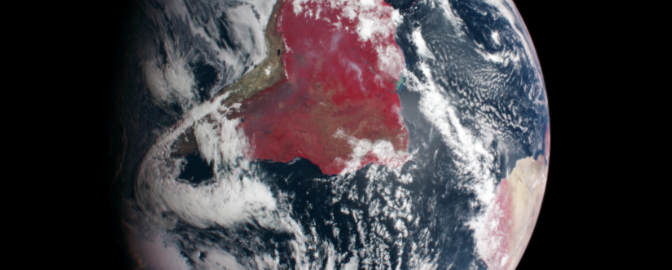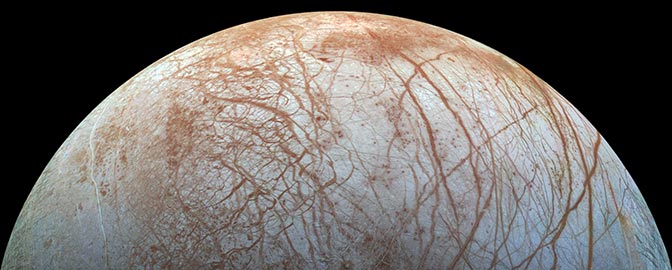All
All
Stories, updates, insights, and original analysis from The Planetary Society.
300 space advocates rally in D.C. to Save NASA Science
The Save NASA Science Day of Action drew nearly 300 people from across the United States to Washington, D.C., to promote space science and exploration.
Introducing Ari Koeppel, our first AAAS Policy Fellow
In a milestone that reflects our expanding advocacy and outreach presence in Washington, D.C., Ari Koeppel will join The Planetary Society as the organization's first AAAS Science & Technology Policy Fellow.
A cosmic perspective worth fighting for
NASA's science budget is under threat. Here's what that could mean to the human endeavor of exploration.
NASA's disastrous 2026 budget proposal in seven charts
The White House has put forward a radical, wasteful proposal for NASA. We have the data to prove it.
Space Recommendations for the Second Trump Administration
The Trump Administration will inherit NASA at a crossroads. The Planetary Society recommends an unwavering commitment to exploration, science, and the unique contributions of the nation's public space program.
Who is Jared Isaacman, Trump’s proposed NASA Administrator?
President-elect Donald Trump announced his intention to nominate billionaire entrepreneur Jared Isaacman as the next NASA Administrator, marking the first concrete space policy decision of the second Trump administration.
What to watch for in a second Trump administration
Good for space, bad for NASA? Here's what to watch for as NASA enters into Trump's second term.
Europa Clipper: A mission backed by advocates
Europa Clipper will soon head for Jupiter's icy, potentially habitable moon. Without the advocacy efforts of The Planetary Society and our members, the mission may never have been possible.
Where Congress Stands on NASA's 2025 budget
Weeks before the new fiscal year, Congress still hasn't finalized NASA's 2025 budget.
A billion dollars short: A progress report on the Planetary Decadal Survey
NASA is underfunding planetary exploration relative to recommendations made by the National Academies Decadal Survey report, resulting in mission delays and cancelations.
Why NASA does space science and not the private sector
With all the advances in private space exploration, why do taxpayers still pay for space science missions?
For parts: Lunar rover, never used
NASA has canceled VIPER, a rover designed to seek out water ice and other resources in the lunar south pole.
The House's 2025 NASA Budget Creates Problems for Science, Artemis
The House would provide a 1% increase to NASA while shifting funding toward larger programs, leaving significant budgetary holes in smaller programs.
What are competed planetary missions?
A critical part of a balanced exploration program, competed missions are scientist-led projects that cost less and occur more frequently than large, flagship-class missions.
NASA's FY 2025 budget request is not enough
Federal spending caps and inflation take a bite out of NASA's ambitions.
The Planetary Society advocacy priorities in NASA’s final 2024 budget
Funding for the Near-Earth Object Surveyor, support for VERITAS, and a second lease on life for Mars Sample Return were all included in the final congressional budget for NASA in 2024.
Can SpaceX’s Starship save Mars Sample Return?
Though promising conceptually, Starship presents more questions than answers for NASA's Mars Sample Return needs.
The path forward for Mars Sample Return
A brief summary of The Planetary Society's policy principles and recommendations for Mars Sample Return.
How layoffs at JPL can be traced to a stalemate in Congress
A battle over the future of Mars Sample Return is taking a toll on NASA’s workforce.
The U.S. Senate threatens to cancel Mars Sample Return
The House has yet to weigh in. And much can still happen before this threat is realized.


 Explore Worlds
Explore Worlds Find Life
Find Life Defend Earth
Defend Earth


 Sun
Sun Mercury
Mercury Venus
Venus Earth
Earth Mars
Mars Jupiter
Jupiter Saturn
Saturn Uranus
Uranus Neptune
Neptune Small Bodies
Small Bodies

















